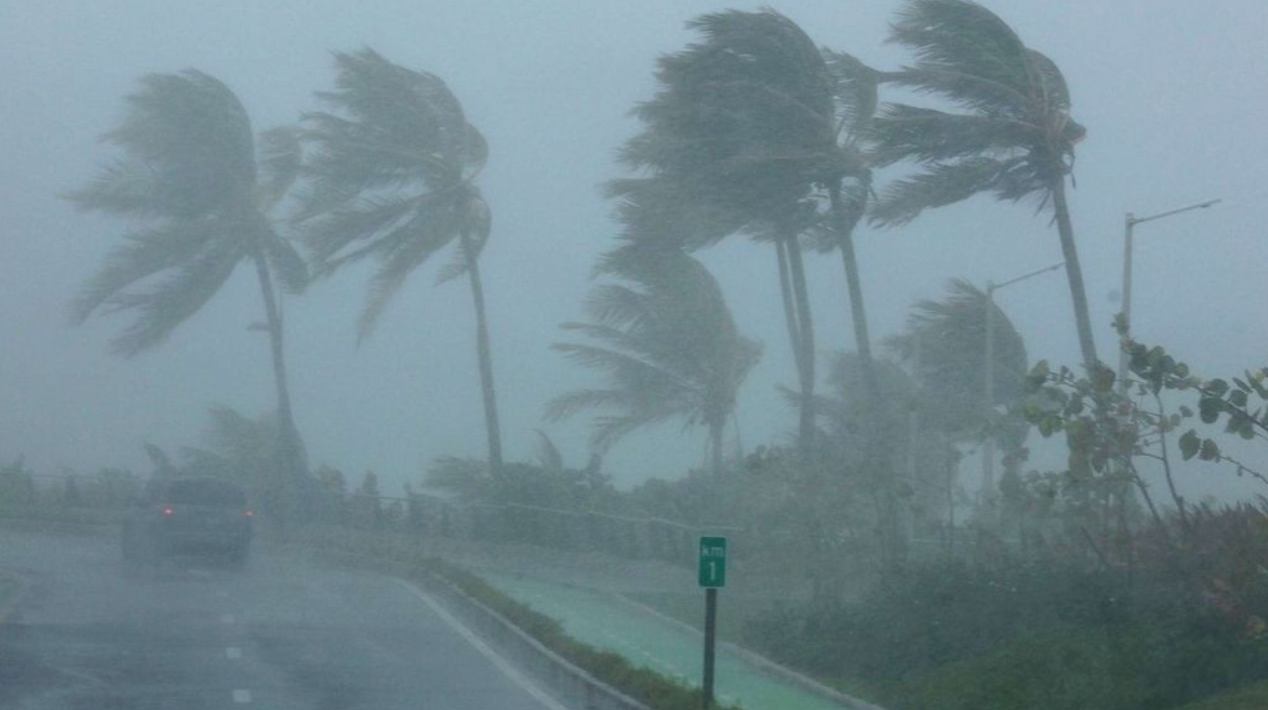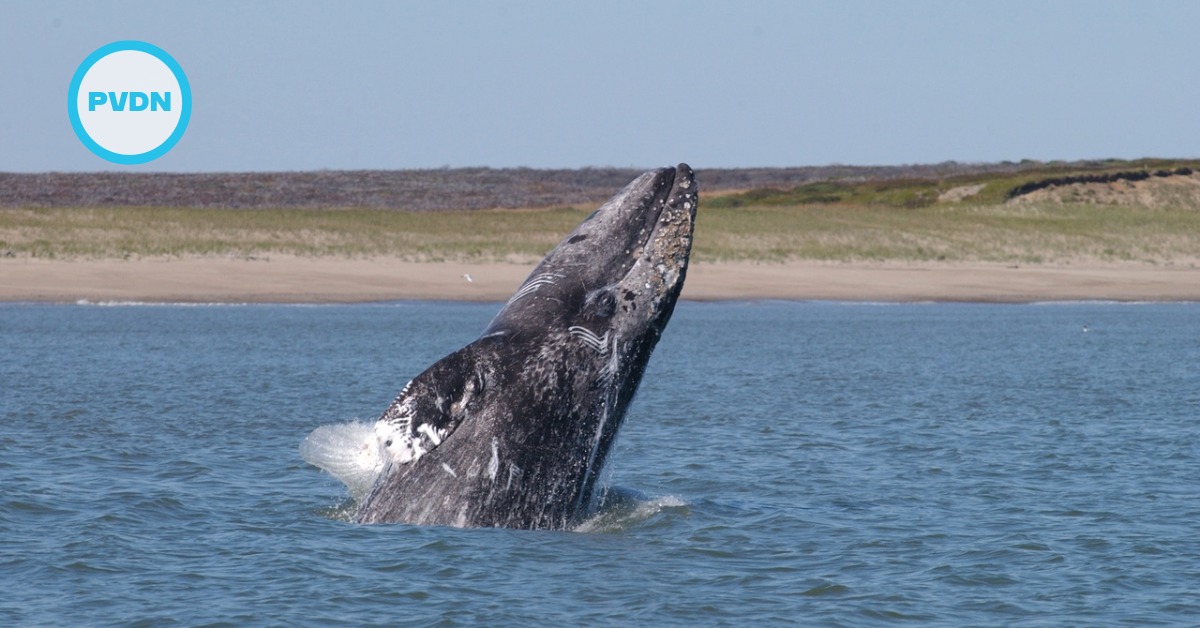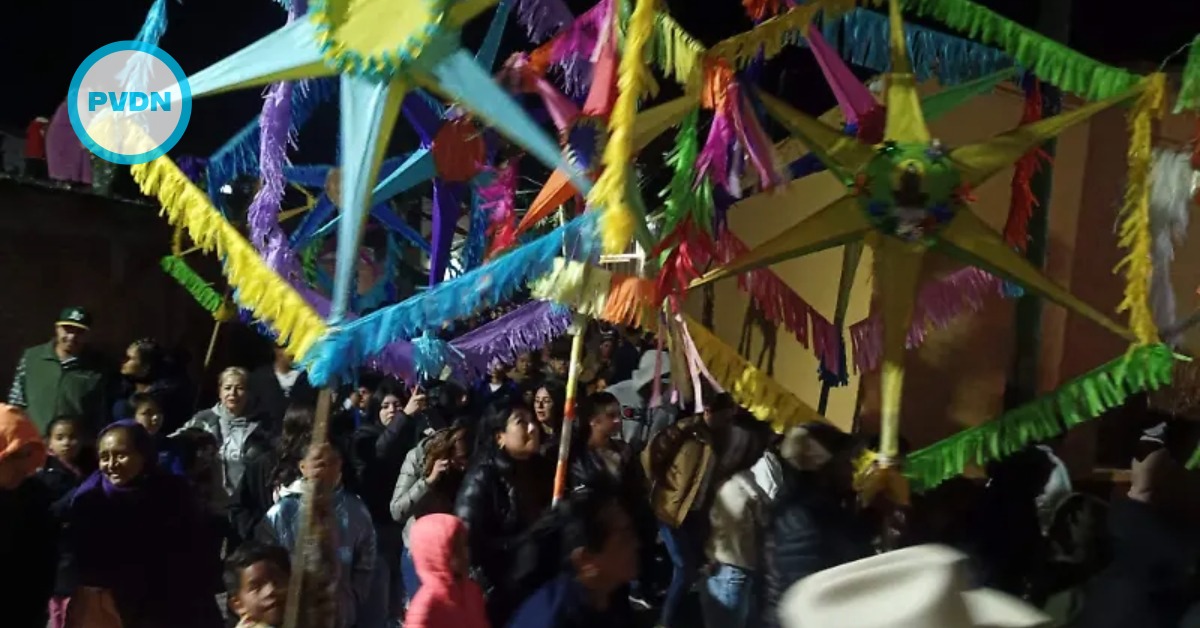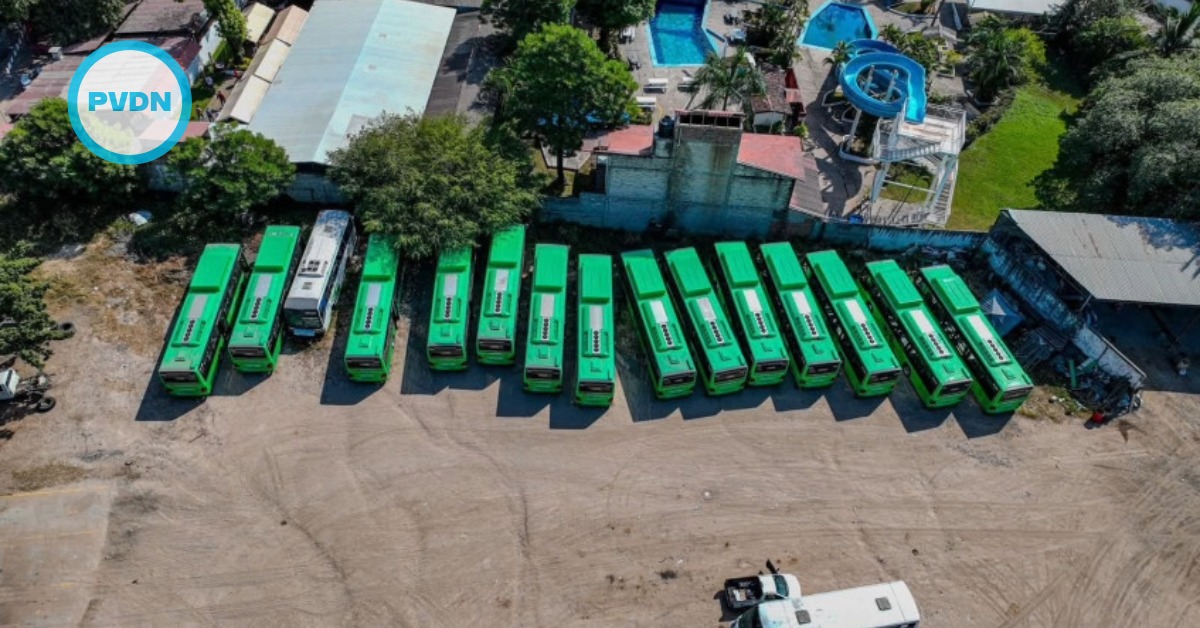The Tropical Cyclone / Hurricane season begins "officially" on May 15 for the Pacific Ocean. According to the World Meteorological Organization (WMO), the names designated for this year are: Amanda, Boris, Cristina, Douglas, Elida, Fausto, Genevieve, Hernán, Iselle, Julio, Karina, Lowell, Marie, Norbert, Odalys, Polo, Rachel, Simón, Trudy, Vance, Winnie, Xavier, Yolanda, Zeke.
In the case of the Atlantic, the season begins "officially" June 1. The names that will be used according to WMO are: Arthur, Bertha, Cristobal, Dolly, Edouard, Fay, Gonzalo, Hanna, Isaías, Josephine, Kyle, Laura, Marco, Nana, Omar, Paulette, René, Sally, Teddy, Vicky . . .







